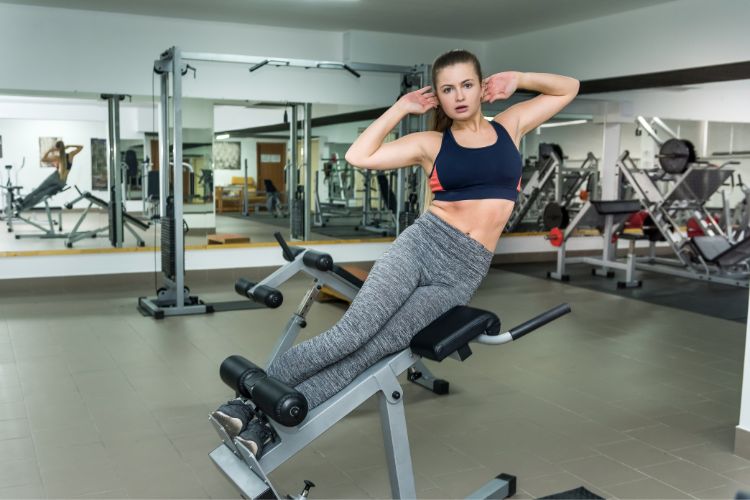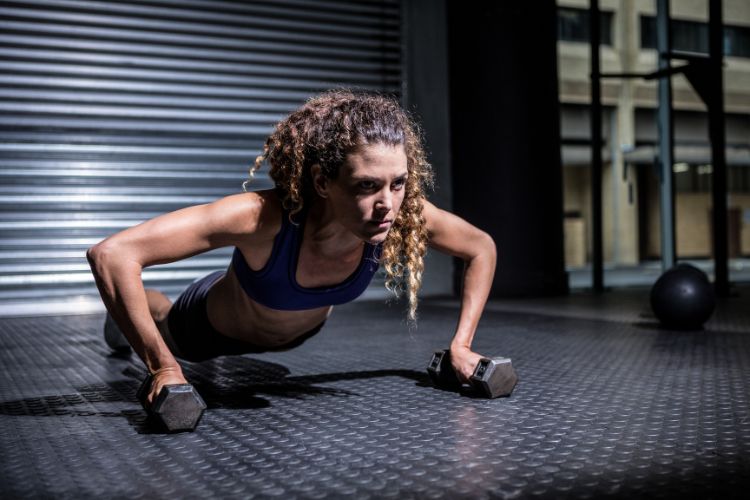Sign up for workout ideas, training advice, reviews of the latest gear and more.






When it comes to building core strength, improving stability, and toning the upper body, plank shoulder taps are a powerhouse exercise. This simple yet effective movement is perfect for women of all fitness levels, whether you’re a beginner or a seasoned athlete. In this blog post, we’ll dive deep into the benefits of plank shoulder taps, how to perform them correctly, and how to incorporate them into your fitness routine for maximum results.
Plank shoulder taps are a dynamic variation of the traditional plank exercise. Instead of holding a static position, you alternate tapping each shoulder with the opposite hand while maintaining a stable plank position. This movement engages your core, shoulders, arms, and even your glutes, making it a full-body workout in disguise.
Women often look for exercises that are efficient, effective, and easy to incorporate into busy schedules. PST check all these boxes. They require no equipment, can be done anywhere, and deliver results in a short amount of time. Plus, they’re scalable, meaning you can modify the exercise to match your fitness level.
The core is the foundation of all movement, and a strong core is essential for everyday activities, posture, and injury prevention. PST challenge your core muscles, including the rectus abdominis, obliques, and transverse abdominis, to stabilize your body as you move.
This exercise targets the shoulders, arms, and chest, helping to tone and strengthen these areas. For women looking to build lean muscle in their upper body, plank shoulder taps are an excellent addition to any workout routine.
By requiring you to maintain a steady plank position while moving your arms, PST improve your overall stability and balance. This is especially beneficial for women who engage in activities like yoga, Pilates, or running.
When performed at a faster pace, plank shoulder taps can elevate your heart rate, making them a great addition to high-intensity interval training (HIIT) workouts. This helps improve cardiovascular health and burns calories efficiently.
The movement patterns in PST mimic real-life activities, such as lifting and carrying objects. This makes them a functional exercise that enhances your ability to perform daily tasks with ease.
Proper form is crucial to reap the benefits of plank shoulder taps and avoid injury. Follow these steps to perform the exercise correctly:
To keep your workouts challenging and engaging, try these variations of PST:
If you’re a beginner or find the high plank position too challenging, start with your knees on the ground. This modification reduces the intensity while still targeting your core and upper body.
Widen your feet for a more stable base. This variation is great for beginners or those focusing on form.
Add a mountain climber movement between each shoulder tap to increase the intensity and incorporate more cardio.
Place a light weight or resistance band across your back to increase the challenge for your core and shoulders.
Lift one leg off the ground while performing shoulder taps to engage your glutes and improve balance.
Plank shoulder taps are versatile and can be included in various types of workouts. Here are some ideas:
Perform 2-3 sets of 10-12 reps to activate your core and upper body before a workout.
Include PST in a high-intensity interval training circuit. For example:
At the end of your workout, do 3 sets of 20-30 seconds of PST to fatigue your core muscles.
Pair plank shoulder taps with other compound exercises like push-ups, lunges, and rows for a comprehensive full-body workout.
Quality matters more than quantity. Prioritize proper form to avoid injury and get the most out of the exercise.
Keep your core muscles tight throughout the movement to maintain stability and maximize engagement.
Inhale as you prepare to tap your shoulder and exhale as you return to the starting position.
Start with shorter sets and fewer reps, then gradually increase the duration and intensity as you build strength.
For a well-rounded fitness routine, pair plank shoulder taps with strength training, cardio, and flexibility exercises.
Beginners can start with 2-3 sets of 10-12 reps, while more advanced individuals can aim for 3-4 sets of 20-30 reps.
While PST alone won’t lead to significant weight loss, they can be part of a balanced fitness routine that includes cardio and strength training to support weight management.
Yes, but beginners should start with modifications like knee PST and focus on mastering proper form before progressing.
Incorporate PST 2-3 times per week as part of your core or full-body workouts.
Plank shoulder taps are a simple yet highly effective exercise that can transform your core strength, upper body tone, and overall fitness. By incorporating this movement into your routine and experimenting with variations, you’ll keep your workouts fresh and challenging. Remember to focus on form, progress at your own pace, and pair PST with other exercises for a well-rounded fitness regimen.
Whether you’re a beginner or a fitness enthusiast, PST are a must-try exercise for women looking to build strength, stability, and confidence. So, roll out your mat, get into plank position, and start tapping your way to a stronger, healthier you!
Stay up to date on the latest women’s health, fitness and lifestyle trends and tips.